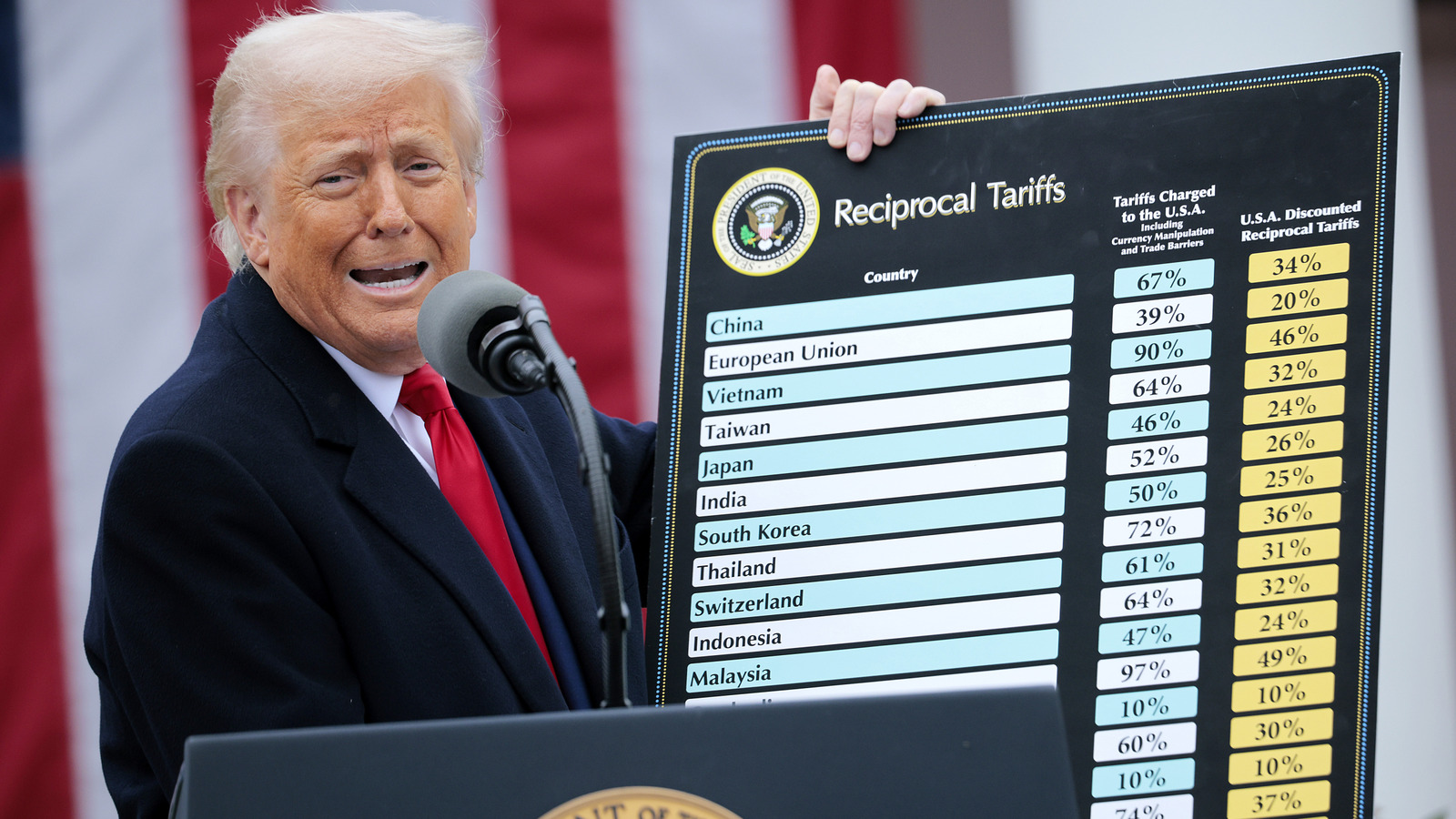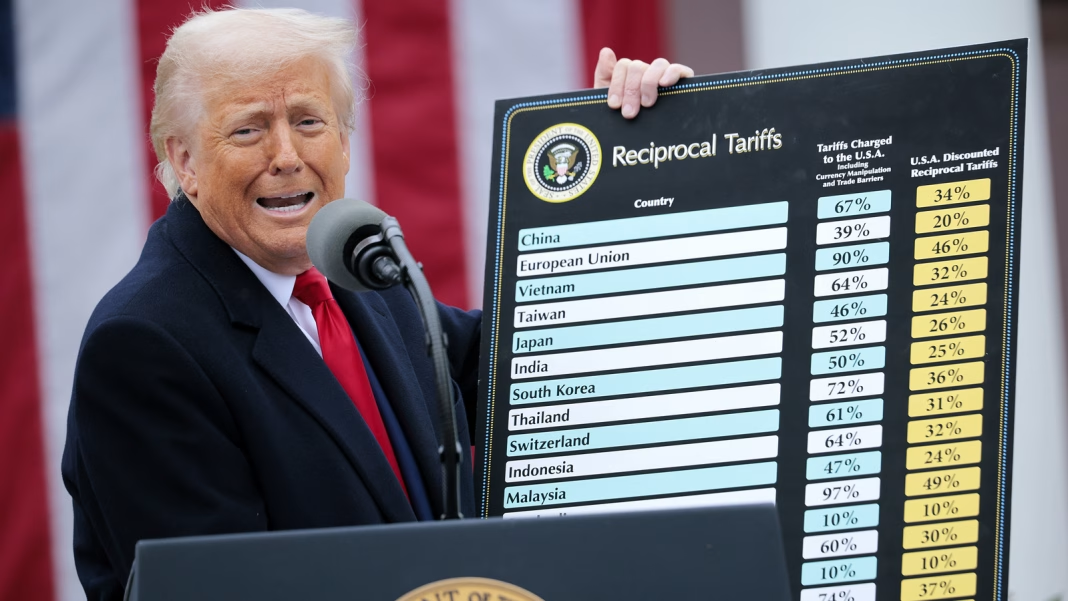Why Are Automakers Racing Against the Clock on Tariffs?
If you’ve been following the auto industry lately, you’ve probably noticed a sense of urgency in the air. It’s not just about clearing out last year’s models or prepping for the next big auto show. The real pressure? Looming tariffs that could shake up the market for both carmakers and buyers.
What’s Behind the Rush to Clear Out Inventory?
Every year, dealerships slash prices to move unsold vehicles off the lot. But this year, there’s an extra push. Automakers are hustling to sell as many cars as possible before new tariffs hit. These tariffs, especially on imported vehicles and parts, threaten to drive up costs across the board.
Here’s the kicker: Many manufacturers rely on global supply chains. Even if a car is assembled in the US, parts might come from Europe, Asia, or Mexico. If tariffs go up, so do costs. That means higher sticker prices for consumers and tighter margins for automakers. No wonder there’s a mad dash to get inventory out the door before the bell rings.
How Will Tariffs Impact Car Prices and Choices?
Let’s get real—tariffs don’t just affect the big corporations. They hit your wallet, too. According to a 2023 report from the Center for Automotive Research, a 25% tariff on imported vehicles could add anywhere from $2,000 to $7,000 to the price of a new car, depending on the model. That’s not pocket change.
And it’s not just about price hikes. Some automakers might pull certain models from the US market altogether if they become too expensive to sell. So, your favorite compact SUV or sporty hatchback? It could disappear from showrooms, leaving fewer choices for buyers.
Are Automakers Prepared for the Changing Landscape?
The honest answer: Some are, and some aren’t. Industry giants with deep pockets—think Toyota, Ford, or Volkswagen—have been quietly shifting production to North America or sourcing more parts locally. It’s a smart move, but it takes time and serious investment.
Smaller brands, or those with heavy reliance on overseas factories, are in a tougher spot. They’re scrambling to renegotiate supplier contracts, rethink logistics, and even consider new partnerships. The result? A lot of behind-the-scenes maneuvering that most consumers never see.
What Does This Mean for Car Buyers Right Now?
If you’re in the market for a new ride, timing is everything. Dealers are motivated to move inventory before tariffs kick in, so you might spot some of the best deals of the year. But don’t wait too long—once the new rules take effect, prices could jump overnight.
There’s also a ripple effect on used cars. As new vehicles get pricier, demand for pre-owned models tends to rise. That can push up prices in the used market, too. So, whether you’re eyeing a fresh-off-the-line sedan or a gently used crossover, it pays to act sooner rather than later.
How Are Industry Experts Navigating the Uncertainty?
Auto analysts and economists are watching this space closely. Michelle Krebs, executive analyst at Cox Automotive, points out that uncertainty is the enemy of both automakers and consumers. When no one knows what’s coming, it’s tough to plan ahead.
Some experts suggest that companies embracing flexibility—like building more modular factories or diversifying suppliers—will weather the storm better. Others warn that ongoing trade tensions could lead to long-term changes in how and where cars are made.
What’s the Big Picture for the Future of Car Shopping?
It’s easy to get lost in the weeds of tariffs and trade policy, but here’s what matters: The way cars are built, sold, and priced is changing. For buyers, that means staying informed and being ready to pivot. For automakers, it’s a wake-up call to rethink old strategies.
The big takeaway? Navigating the world of car buying in a tariff-driven market isn’t about perfection—it’s about smarter adjustments. Start with one change this week, and you’ll likely spot the difference by month’s end.


